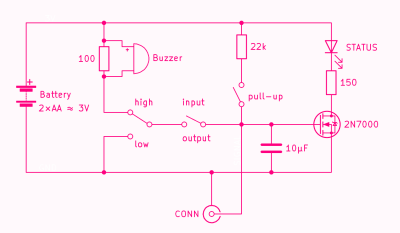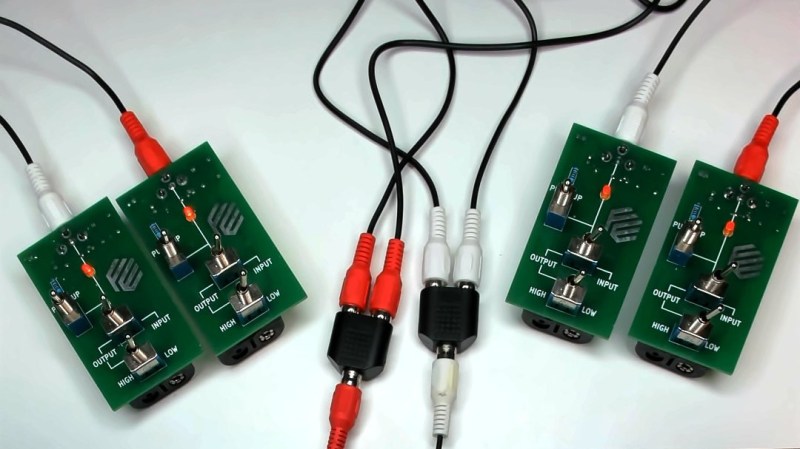Teaching people efficiently isn’t limited to transmitting material from one head to another — it’s also about conveying the principles that got us there. [Mara Bos] shows us a toolkit (Twitter,
nitter link) that you can arm your students with, creating a small playground where, given a set of constraints, they can invent and figure communication protocols out on their own.
This tool is aimed to teach digital communication protocols from a different direction. We all know that UART, I2C, SPI and such have different use cases, but why? Why are baud rates important? When are clock or chip select lines useful? What’s the deal with the start bit? We kinda sorta figure out the answers to these on our own by mental reverse-engineering, but these things can be taught better, and [Mara] shows us how.
Gently guided by your observations and insights, your students will go through defining new and old communication standards from the ground up, rediscovering concepts like acknowledge bits, bus contention, or even DDR. And, as you point out that the tricks they just discovered have real-world counterparts, you will see the light bulb go on in their head — realizing that they, too, could be part of the next generation of engineers that design the technologies of tomorrow.

The toolkit she shows consists of boards each equipped with three toggle switches, some through-hole resistors and an LED, a buzzer signaling about short-circuits, and AAA battery holders to make the boards self-contained. These boards could easily be products of a soldering course themselves! Plugging these boards together with ever-abundant RCA cables, students work together in small groups, using switches on one set of boards to transmit data to the other set. She made a video demonstrating how these boards work, which is embedded below.
You don’t always need to stand in front of a whiteboard while teaching something — often, a few custom boards will do the trick, and oftentimes better. We’ve seen educational PCBs for logic gates before, and when it comes to kits you can hand out for experiments, a whole lot of concepts like snap-together magnetic circuit blocks. If you wonder why all these different tools are needed, remember that we’ve talked about how education systems can fail a hacker’s mind.
We thank [Chaos] for sharing this with us!
⚡️💡Two years ago, I wanted to explain some folks digital protocols like I²C. I wanted to skip the boring stuff; make it a hands-on experience. So I made these little boards that they could use as I/O pins and invent their own protocols to talk to each other across the table. 1/3 pic.twitter.com/si4W3eUqVu
— Mara Bos (@m_ou_se) April 4, 2022

















I like the simplicity of the design, but I really think there needs to be some sort of ESD protection on the input. Please correct me if I’m wrong.